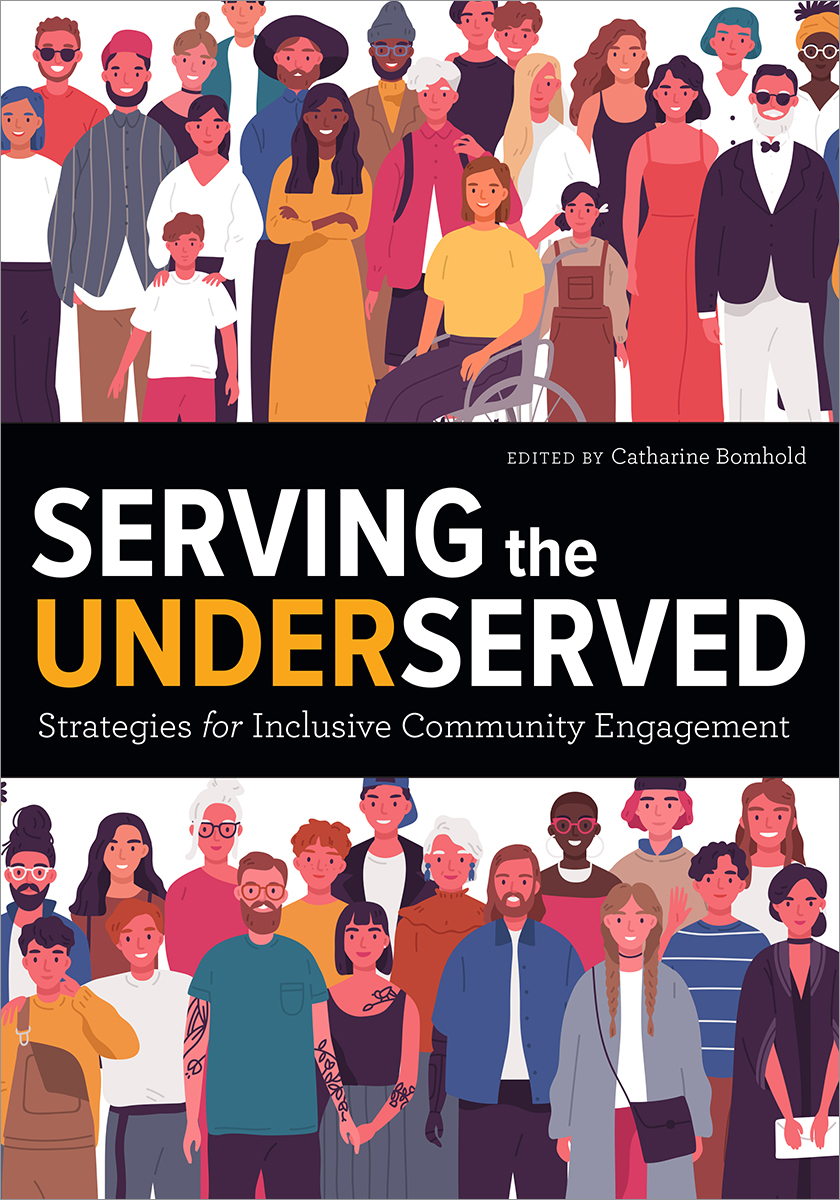On Serving the Underserved: The Community Information Liaison Model
a guest post by Catharine Bomhold
In an era characterized by digitalization and rapid technological advancements, the role of public libraries has evolved into that of dynamic information hubs. Yet, a staggering statistic from the Institute for Museum and Library Services (IMLS) reveals that 52% of Americans have not utilized their local public libraries in the past year (The Institute, 2020). This equates to a massive untapped market of 165 million people. A paradigm shift is essential, placing those who do not frequent libraries at the core of the service model. This new approach, known as the community information liaison model, holds the potential to redefine library services and engage underserved populations.
Traditionally, library outreach services have functioned as supplementary endeavors, often first on the chopping block when budgets tighten. The community information liaison model flips this narrative, shifting the emphasis to services beyond library walls. It prioritizes underserved communities, investing in outreach and community-based information services. This model engages those who have previously remained outside the library's sphere by actively disseminating information where it is needed the most.
The foundation of the community information liaison model draws from the theories of Chatman, Savolainen, and Zipf. These frameworks guide information professionals in identifying unmet information needs within underserved  groups. Community information liaisons become active members of their communities, closely observing practices, analyzing available resources, and discerning unspoken needs. By building relationships and providing solutions, these liaisons bridge the gap between the library and those who have been excluded from its services.
groups. Community information liaisons become active members of their communities, closely observing practices, analyzing available resources, and discerning unspoken needs. By building relationships and providing solutions, these liaisons bridge the gap between the library and those who have been excluded from its services.
A practical illustration of this model is seen in attending city council meetings. A community information liaison at these meetings gathers insights into the community's concerns and utilizes their expertise to provide valuable solutions. For instance, if a council member raises worries about community safety for children, an effective liaison would research solutions from other cities and offer applicable suggestions. This proactive approach positions the library as a problem-solving entity, extending its influence beyond bookshelves.
An exemplary case of the community information liaison model in action is the story of April, a liaison at a community soup kitchen. April identified two critical needs by observing the operations and analyzing conversations within the facility. She facilitated a partnership between the kitchen and a local culinary college, addressing the issue of food preparation while providing students with hands-on experience. Moreover, recognizing the kitchen's need for financial support, April conducted grant research and connected the service provider with resources for grant application assistance. In both instances, April went beyond conventional information provision, illustrating the profound impact of understanding community needs and fostering partnerships.
In the digital age, libraries can redefine their relevance by embracing a community information liaison approach. By actively engaging with the community, identifying unmet needs, and offering tangible solutions, libraries transition from passive information repositories to proactive community catalysts. This model ensures that underserved populations gain access to crucial resources and showcases the library's indispensable role in facilitating positive change.
As we look to the future of library services, the community information liaison model beckons us to step beyond library walls and engage with the world, fostering a community where information is not just acquired but actively used for the betterment of all.
Learn more at the ALA Store
